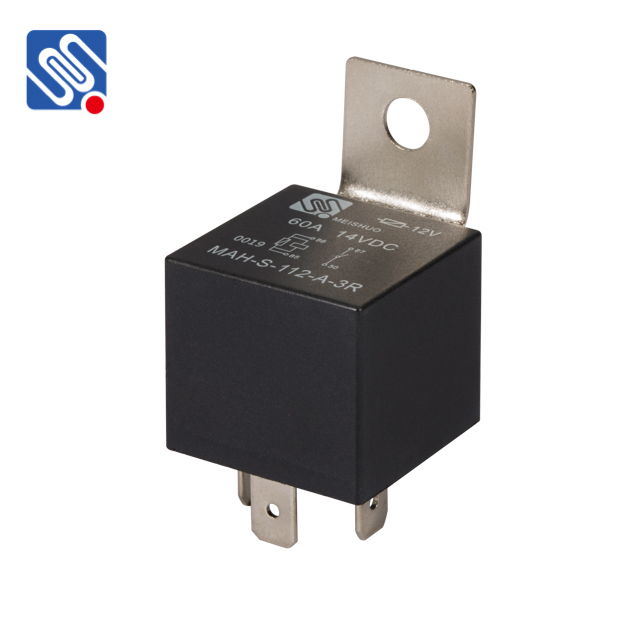A relay is an essential device in many electrical and electronic systems. It acts as a switch that opens and closes circuits using an electromagnet to control the flow of electricity. In this article, we will explore the function and importance of a 12V relay, commonly used in a variety of applications, from automotive systems to industrial machinery. We will also examine how 12V relays work, their types, and their role in making electrical systems more efficient and safe.

What is a Relay? A relay is an electrically operated switch that allows a low-power signal to control a higher-power circuit. It consists of an electromagnet, a set of contacts, and a spring mechanism. When an electrical current flows through the coil of the electromagnet, it generates a magnetic field that attracts a metal armature. This action either opens or closes the contacts, depending on the type of relay. Once the current is turned off, the spring mechanism returns the armature to its original position, returning the contacts to their default state. The Role of 12V Relays A 12V relay specifically operates on a 12-volt electrical system. This is a common voltage in automotive applications, including car batteries and lighting systems, as well as in various industrial and home appliances. The 12V relay acts as a switch to control higher voltage circuits that may require more current than what the low-power control circuit can handle.